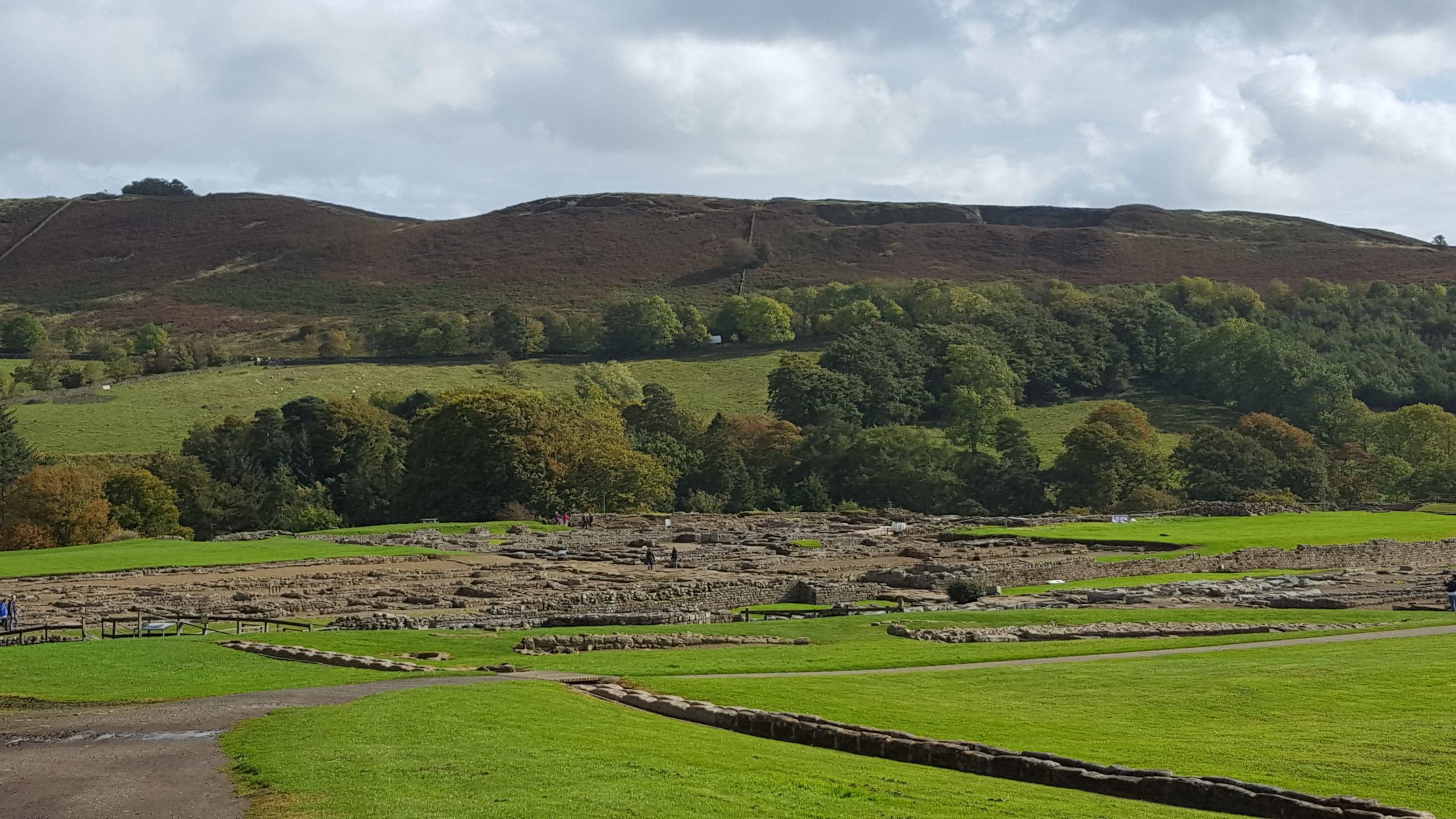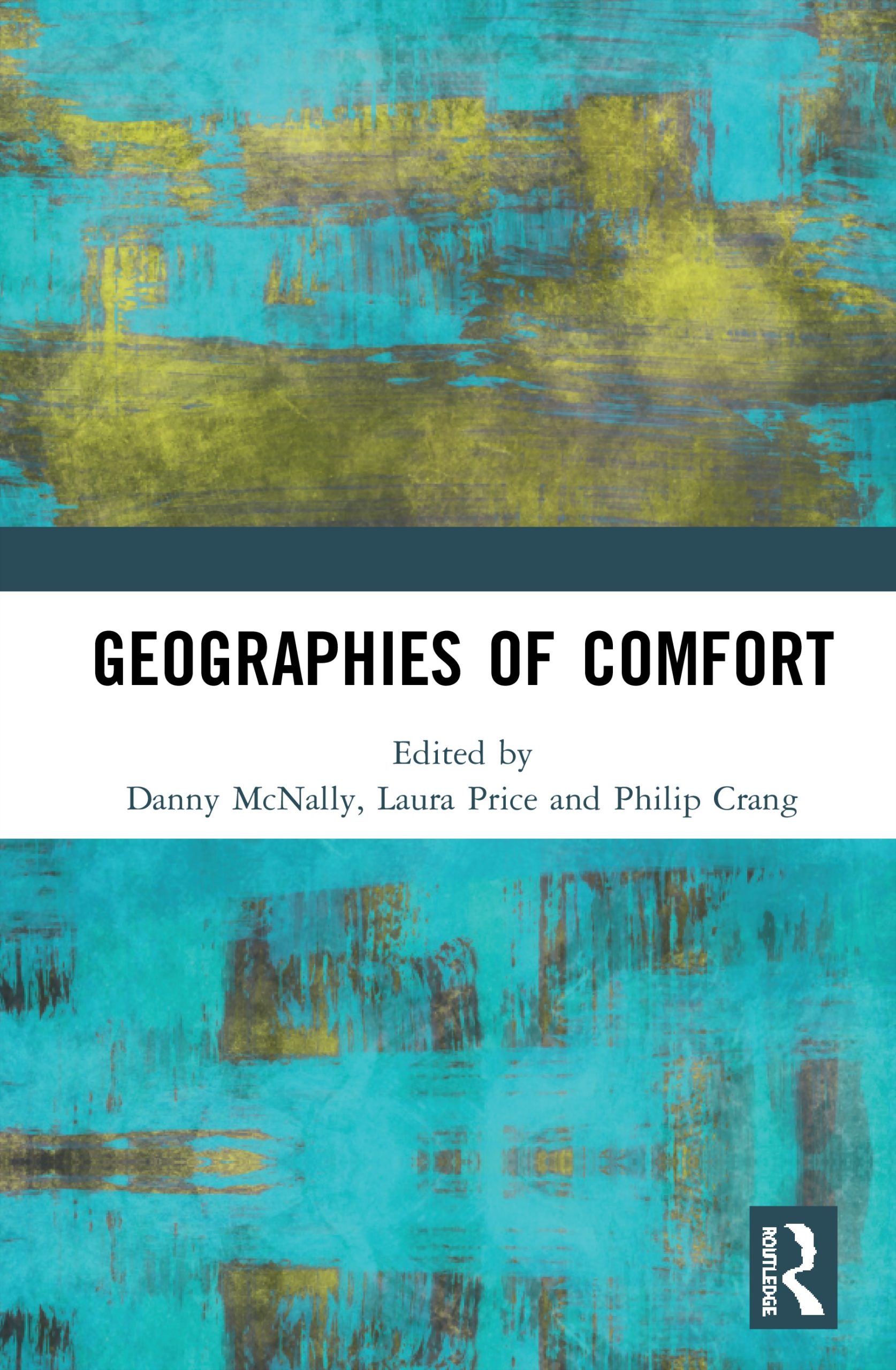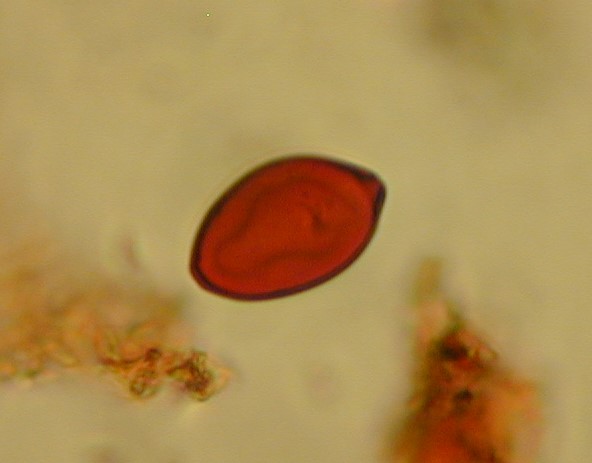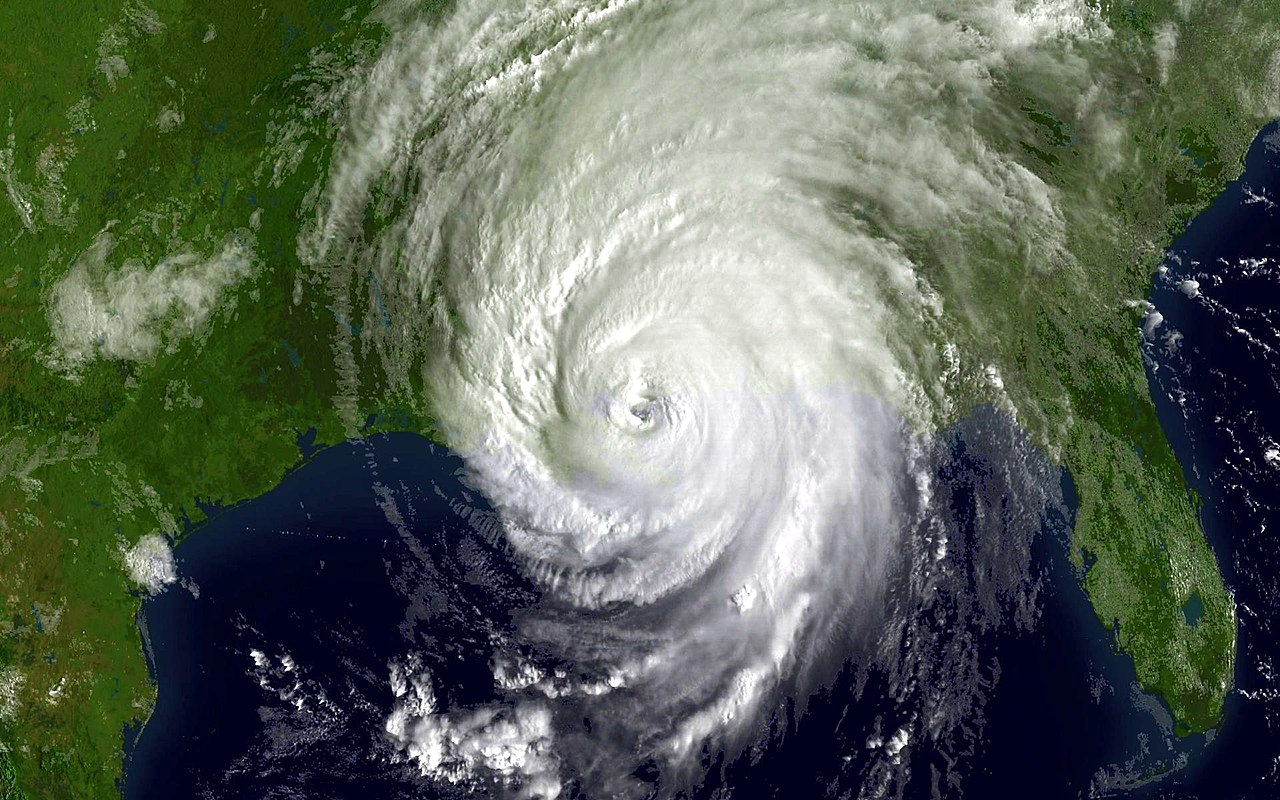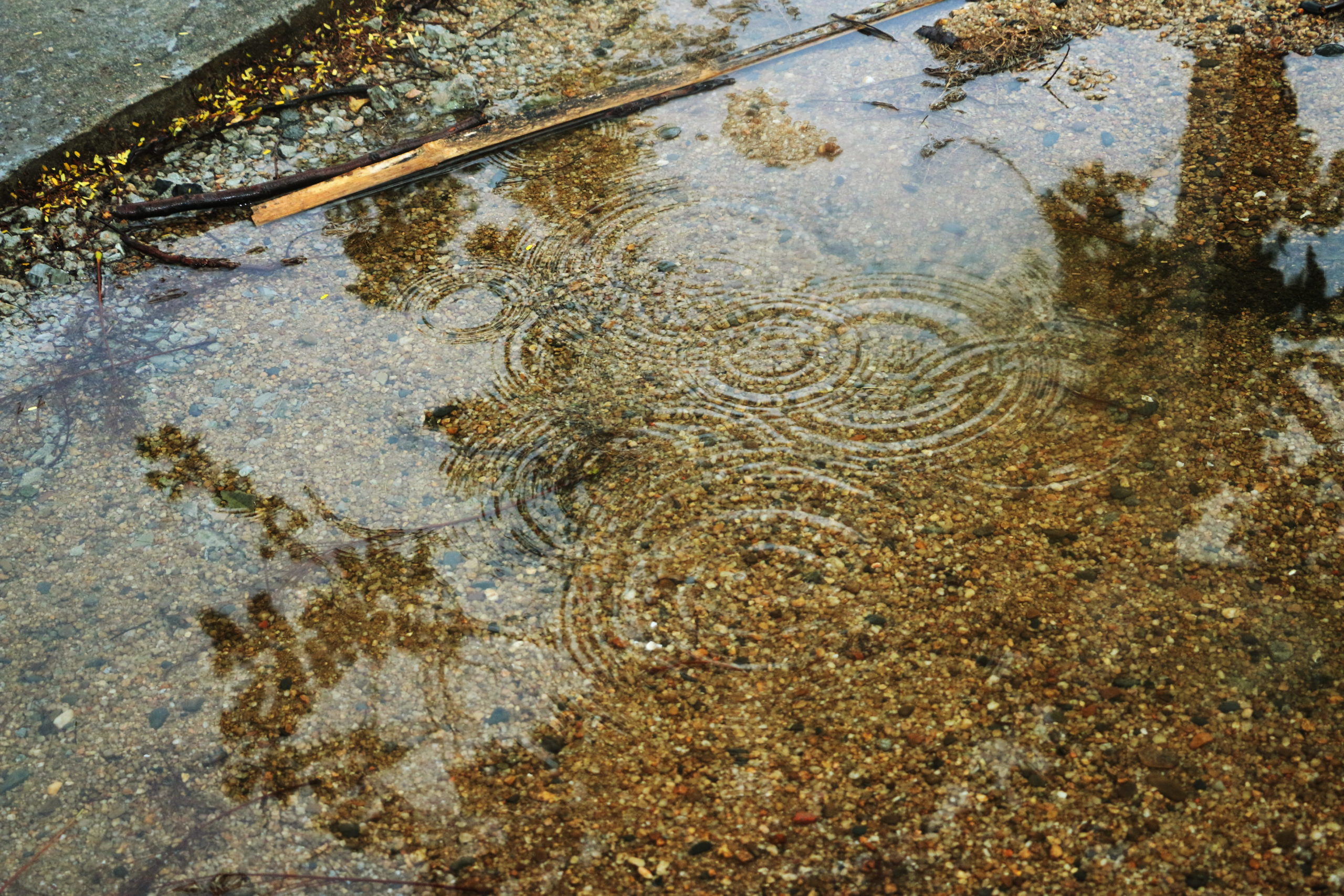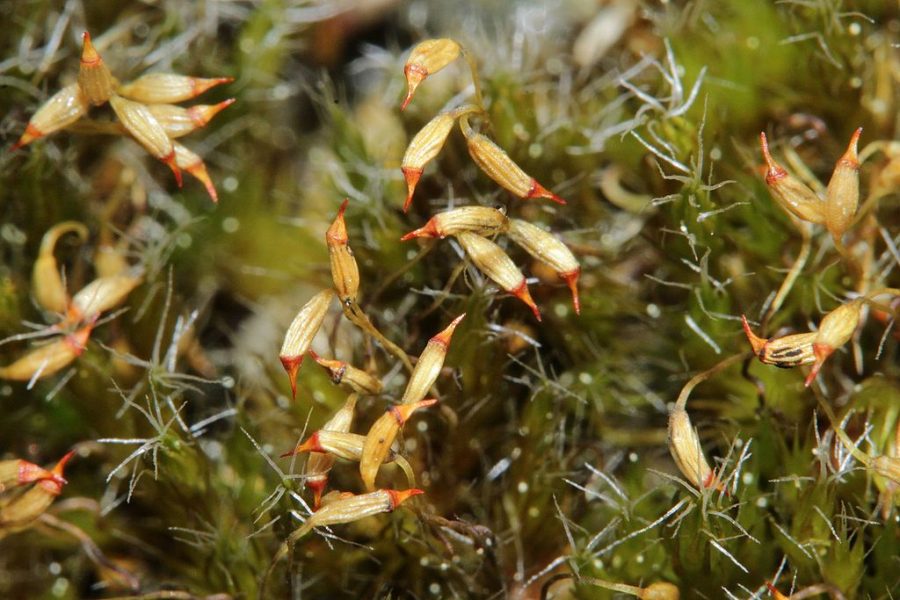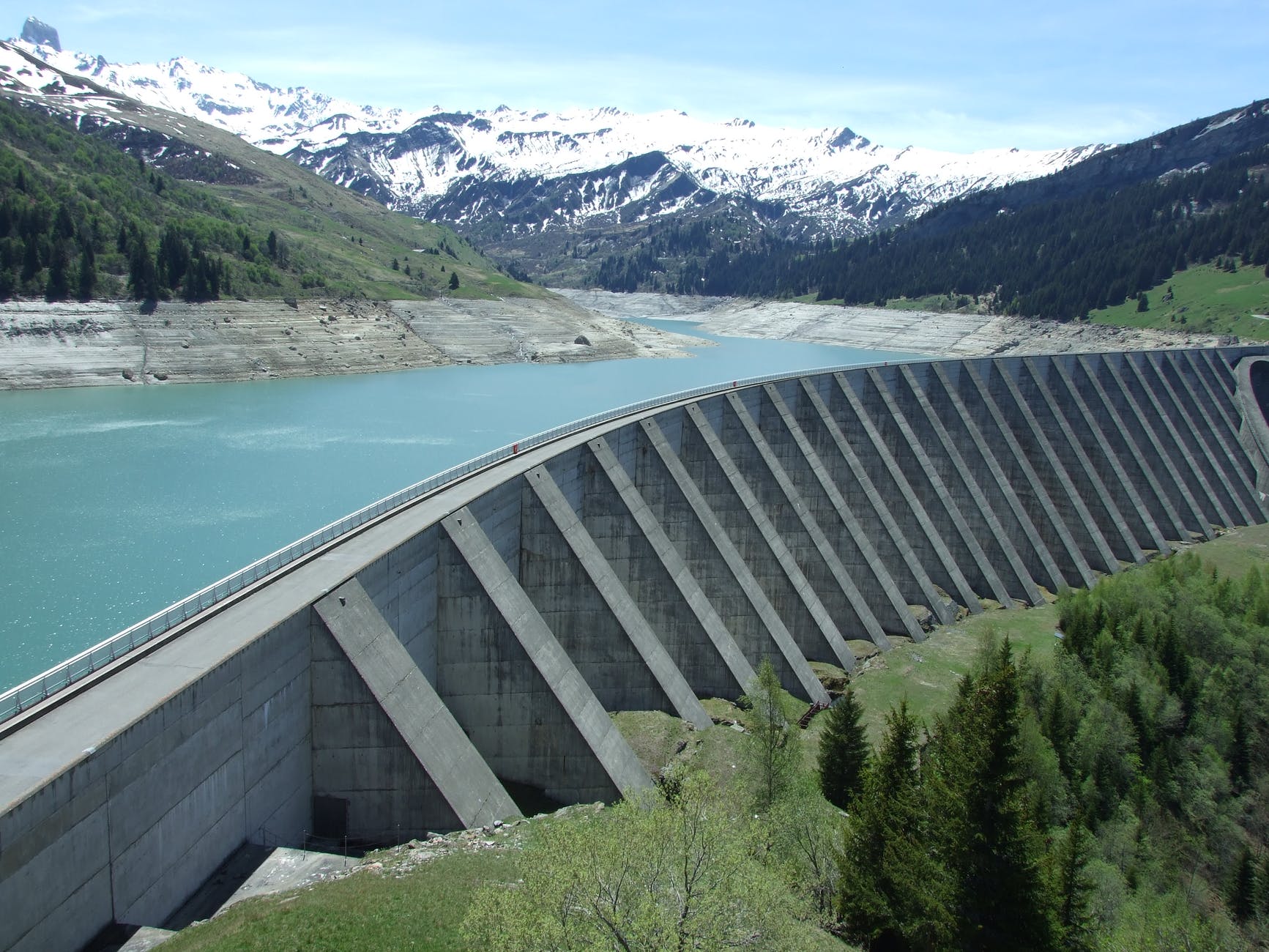Our very own Jamie Bojko was in the limelight again with this Teesside University press release that was relayed in the local press (Teesside biologist explores infectious diseases
Northern Echo, p.45 and online, 12/06/2020). Originally published online by Teesside University’s Media Centre
“Dr Jamie Bojko, a Biology Lecturer in the University’s School of Health & Life Sciences, says that understanding disease diversity and emergence in wildlife systems is vital to determine how emerging diseases arise and how they might evolve.
Together with colleagues at the University of Florida (UF) and Fish and Wildlife Commission (FWC), the research team have recently identified a new genetic lineage of parasite, known as a microsporidian, from crustacean hosts.
Jamie said: ‘This parasite infects the muscle of four crayfish species local to Florida and eats away their tissues, leaving a husk of parasitic spores.
‘The parasite uses a straw-like tube to inject a gooey-centre into a crayfish muscle cell. This then develops into multiple clone parasites, which form spores to survive in the environment and move on to infect new hosts, completing the cycle.’
Dr Jamie Bojko is working with Dr Donald Behringer, Dr Lindsey Reisinger and PhD student Cheyenne Stratton, all from the University of Florida, along with Paul Moler, from the FWC. The Research team recently published a paper in the Journal of Invertebrate Pathology which highlights the findings of this brand new lineage of parasite, which is reducing the health of crayfish populations.
The group are now looking to examine what effect this disease has on crayfish and how any changes might result in alterations to the local ecology. To do this, the researchers are examining how the disease might change its host’s behaviour, how it might be contracted, and what risk it poses to other invertebrates.
The team have now received further funding from the Wisconsin Department of Natural Resources, to explore this parasite group, in addition to further parasites, to determine whether this disease is able to infect other hosts.
Jamie says that exploring different ecologies for new diseases is hugely important to understand both presence and risk, not only to local species but, additionally, how diseases can change the environment.
Jamie added: ‘There are not many people in the world who research aquatic wildlife disease so to be involved in something like this from the beginning – looking at how a brand-new disease evolves underwater – is incredibly exciting.
‘It is great for me as a biologist, but also great for Teesside University to be working with partners in Florida on such an important piece of research.’
One of the key elements of the new research will be trying to find out if any of the parasites they have discovered are a risk to local species.
‘Many of the crayfish we are working with are invasive species, and can often introduce new parasites to different locations. These parasites may be able to infect native species and cause a wildlife epidemic,’ said Jamie.
‘If we can understand how these new parasites transmit and what else they can infect, we can then start to learn more about the disease and how it might spread and evolve.
‘This brand-new parasite, which we have named Cambaraspora floridanus (after the hosts and location), has little known about it and there is a lot to do. As with any new disease, it is vitally important to understand how it fits into the ecosystem and whether it might cause any irreversible changes to the ecology and crayfish population.
‘We have explored the pathology caused by the parasite and now want to determine whether it has a wider impact on the ecosystem. If it is able to infect multiple species of crayfish then it may be able to infect other invertebrates and maybe even fish, resulting in an impact on the wider freshwater community.’ “


